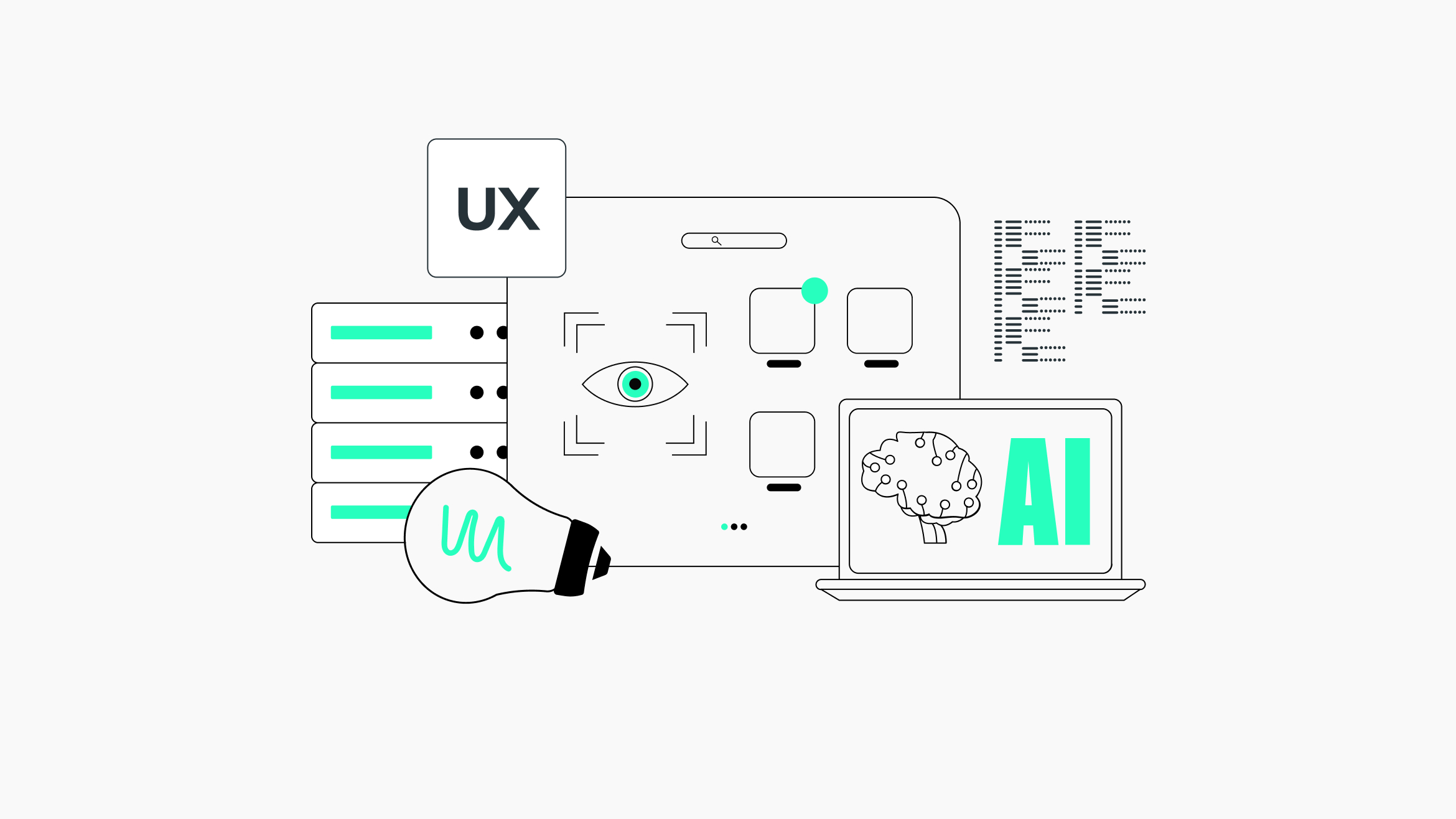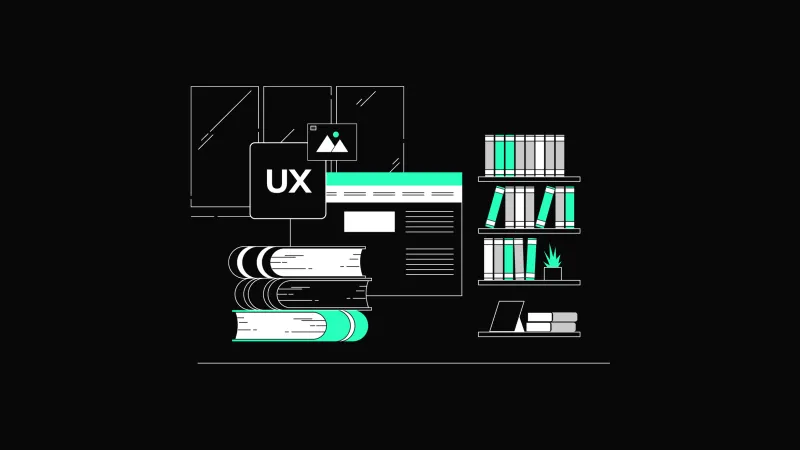Usage of AI Tools in UX Design

The world of design is evolving rapidly, thanks to the integration of Artificial Intelligence (AI), reshaping traditional processes and offering new ways of innovation. This blend of human creativity and machine intelligence brings forth an enormous number of possibilities and challenges that designers are now navigating through two main lenses: working with AI and designing for AI. Let’s dive deeper into how AI is transforming design processes and what it means for UX designers.
Boosting Efficiency, Understanding Limits
Some worry that AI will replace human designers, but the real power of AI lies in collaboration rather than competition. AI can help designers be more creative and efficient instead of taking over their jobs. It is a powerful assistant, augmenting human creativity and efficiency rather than supplanting it. It’s great for handling big data, aiding decision-making with insights, and automating repetitive design chores. By teaming up with AI, designers can focus on more fun and strategic parts of their work.
AI also shines in analyzing user behavior and preferences, offering valuable insights for designing user-friendly experiences. It can also automate routine tasks like resizing images or organizing data, giving designers more time for creative work. Using AI from start to finish in a design process can save time and improve results. It can help to create prototypes, spot design flaws early, and generate design elements. But AI still struggles with understanding complex human feelings, contexts, and creativity, which is where human designers step in to provide that human touch. Human designers play a pivotal role in bridging these gaps, filling designs with empathy, creativity, and ethical consciousness.

Shaping Intuitive User Experiences
In the past, we told computers what to do step by step. The shift from command-based interactions to intent-driven experiences marks a significant shift in user interface design. Now, with AI, we can communicate what we want to achieve, and AI figures out how to do it. This shift means users have more control over outcomes rather than specific commands, leading to more intuitive interactions. Designing interfaces that align with users’ intents and expectations is the most important thing in creating user-friendly experiences across digital platforms and devices.
By working together with AI, designers can unlock new levels of creativity and efficiency. This collaboration ensures that technology complements human skills, leading to better design outcomes and user experiences. As AI continues shaping design, this collaborative approach becomes crucial for creating meaningful and impactful designs. This blend of human creativity and AI capabilities not only boosts productivity but also fosters innovation and user satisfaction in the continuously changing landscape of design.

Embracing AI in Design
In conclusion, the partnership between human creativity and AI capabilities indicates the beginning of a revolutionary era of collaboration in design. This collaborative synergy merges the strengths of AI's analytical prowess, task automation abilities, and data-driven insights with human traits of intuition, empathy, and imaginative thinking. When designers harness this collective power, they unlock the potential to craft groundbreaking solutions that can resonate with diverse audiences across the globe.
The collaborative intelligence between humans and AI fosters innovation and ideation processes that break traditional boundaries. Design teams can explore unconventional ideas, iterate rapidly, and refine concepts with precision, ultimately leading to the creation of solutions that address complex challenges and societal needs. This transformative collaboration isn't just about technological advancements, it's about creating impactful and relevant solutions that resonate across different cultures and geographical regions.
Ultimately, this collaborative journey in design represents a shift in how we approach problem-solving and creativity. It's a testimony to the potential of human-AI partnerships in driving innovation, shaping user experiences, and creating a more connected world through design.



